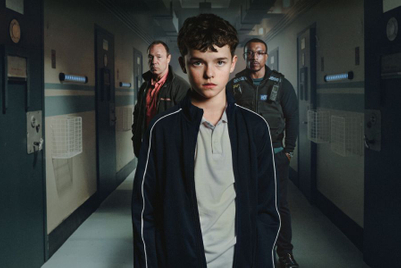
I have dedicated several columns recently on the critical importance of brand storytelling for luxury brands. The reason is that in most of the brand audit workshops I lead, when we look at the competitive landscape, there is a recurring theme: Most brands in a category are fundamentally telling the same story. You find this pattern in fashion, automotive, hospitality, fine watches, etc. The list goes on and on.
So, the question is, what makes a great brand story that creates desirability? In other words, what is the art of brand storytelling? How can brands achieve greatness and how can they avoid mediocrity?
A great brand story has the power to captivate consumers, ignite a strong emotional reaction, and foster loyalty and advocacy. Importantly, it’s not about an advertising campaign, it is about the core value of a brand. The one thing that a brand — independent of the category — wants to be remembered for.
Once this is defined, an incredible energy typically unfolds in an organization because suddenly the direction becomes clear. And a brand story drives behavior. Marketing is about values, and when values are ambiguous or like everyone else’s in the competitive field, then there is almost no chance for a company to truly differentiate and to create an emotional response of clients that is specific to the brand.
The diagnosis for most brands: overreliance on product and creativity while missing the core foundation. The result? Insufficient client connection and underperformance in revenue and profits. On top of that, advertising costs skyrocket because lack of a script means inconsistent and often irrelevant content that is a recipe for disaster in this algorithm-driven social media world.
To understand the anatomy of a great brand story, it’s essential to recognize the core elements that make it impactful. A powerful brand story must be authentic, relatable, and emotionally engaging. It should evoke a sense of purpose and demonstrate how the brand’s values align with those of its target audience. Ultimately, an effective brand story acts as a bridge between the company and its consumers, fostering a lasting emotional connection.
This means that the brand story should never be internally focused, like “we produce the best cars at highest quality with best materials.” Or “our designer creates avant-garde pieces that combine best tailoring with unparalleled fabrics.” Or “our airline has the best seats and amenities.”
All these statements, even if they were factually correct, don’t tell clients anything about the ethos of a brand. It does not allow for differentiation, because — guess what — all companies in the competitive field will say something similar. From a client perspective this means ambiguity. Stories like these don’t give people a “why.”
Importantly, inward focused stories always feel arrogant. In today’s digital age with hyper-demanding clients, people decide for themselves what is the best quality. When a brand says this about itself, it’s almost like the boring person wants to convince someone else that they are cool by saying “I am cool.” Telling a story from a client perspective means to gain clarity about the role of the brand in the life of a client.
Nike is one of the best examples of great storytelling. Fundamentally, Nike sells commodities, shoes and apparel. But when you think about Nike, it feels much bigger. There is an emotional response. Because it celebrates its audience: “Everybody is an athlete.” This is a story about the audience, not about what the brand does. This is the rational part of the brand story.

Nike’s iconic slogan, “Just do it,” encapsulates its commitment to empowering athletes — hence everybody — and helping them overcome challenges. The brand’s storytelling revolves around real people facing genuine obstacles, making it both authentic and relatable. By consistently showcasing stories of personal triumph and perseverance, Nike effectively communicates its values and builds a strong emotional connection with its audience.
So, what is your brand story? What do you really sell? Which emotion do you want to evoke? If the narrative is not obvious, then you need to get to work.
Daniel Langer is the CEO of the luxury, lifestyle and consumer brand strategy firm Équité, and the executive professor of luxury strategy and pricing at Pepperdine University in Malibu, California.





.jpg&h=334&w=500&q=100&v=20250320&c=1)
.jpg&h=334&w=500&q=100&v=20250320&c=1)


+(1).jpg&h=334&w=500&q=100&v=20250320&c=1)

.jpg&h=334&w=500&q=100&v=20250320&c=1)


.jpeg&h=268&w=401&q=100&v=20250320&c=1)





